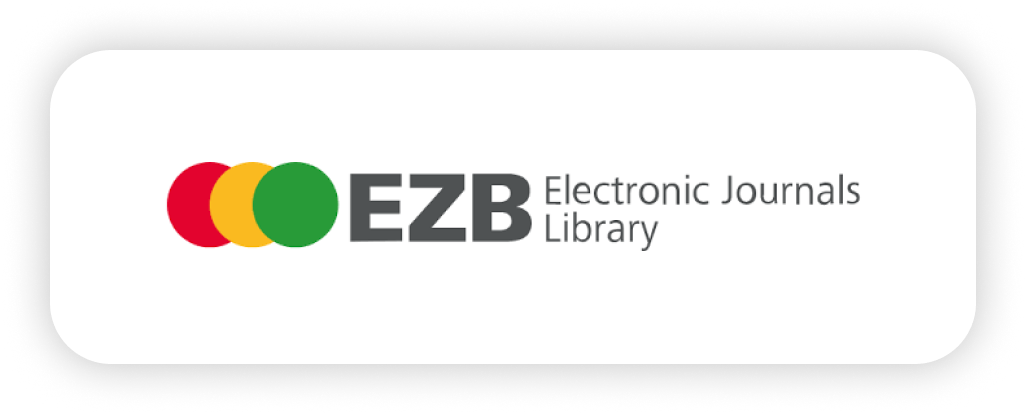Analysis of the Training and Development Model of MSME Employees Ilbis Yogyakarta Using the MPPK 0.1 Test Tool
DOI:
https://doi.org/10.38142/jebd.v1i4.115Keywords:
'Auditory', 'Employee', 'Kinesthetic', 'Training and Development', 'Visual'Abstract
Purpose:
This study aims to analyze the training and development model of MSME employees ILBIS YOGYAKARTA to facilitate mapping interests or preferences of employee training and development model styles (visual, auditory, kinesthetic) in companies or business organizations.
Methodology:
This research method uses the Development Training Model (MPPK 0.1) tool designed by researchers. The sample used among MSME ILBIS YOGYAKARTA employees amounted to 5 people who will participate in this study. The results will be directly readable using the Microsoft Excel program and then be concluded by researchers regarding the results obtained. Some of the researchers' data should be shared in this article. Therefore, only data used for general importance will be listed in this article.
Findings:
Employee 1: Visual 73,33% (Like), Auditory 60,00% (Like), Kinesthetic 30,00% (Dislike). Employee 2: Visual 76,67% (Like), Auditory 46,67% (Quite Likes), Kinesthetic 30,00% (Dislike). Employee 3: Visual 76,67% (Like), Auditory 60,00% (Like), Kinesthetic 53,33% (Quite Likes). Employee 4: Visual 76,67% (Like), Auditory 53,33% (Quite Likes)., Kinesthetic 40,00% (Quite Likes). Employee 5: Visual 46,67% (Quite Likes), Auditory 53,33% (Quite Likes), Kinesthetic 40,00% (Quite Likes).
Implication:
This research benefits from finding out how the preferred style of employee training and Development models makes it easier for employees to receive information, knowledge, and knowledge to improve their skills. Make it easier for companies or business organizations to make decisions in providing employee training and Development.
Downloads
References
Cahya, A. D., Rahmadani, D. A., Wijiningrum, A., & Swasti, F. F. (2021). YUME: Journal of Management Analisis Pelatihan dan Pengembangan Sumber Daya Manusia. 4(2), 230–242. https://doi.org/10.37531/yume.vxix.861
Edy Sutrisno. (2009). Manajemen Sumber Daya Manusia.
Mahadi, F., Husin, M. R., & Hassan, N. (2022). Gaya Pembelajaran: Visual, Auditori dan Kinestetik. 29–36. https://doi.org/10.36079/lamintang.jhass-0401.340
Putra, B. L., Rifqi, A. A., & Samdan, A. M. (2023). A Low Financial Literacy on the Desire to do Online Loans (Case Study of Muhammadiyah Surabaya University Students). Journal of Entrepreneurial and Business Diversity, 1(1), 55-58. https://doi.org/10.38142/jebd.v1i1.45
Sanusi, S., & Riyadi, P. (2023). The Effect of Clarity of Budget Targets and Reporting System on Performance Accountability with Internal Control as Intervening Variables in SKPD Kotabaru District Government. Journal of Entrepreneurial and Business Diversity, 1(1), 05-18. https://doi.org/10.38142/jebd.v1i1.36
Sulistyandari, S., Widiastuti, E., & Martini, S. (2017). Kompetensi SDM dan Pengaruhnya terhadap Kinerja UMKM Batik di Kabupaten Banyumas. Performance, 23(2), 89. https://doi.org/10.20884/1.performance.2016.23.2.273
Downloads
Published
Issue
Section
License
Copyright (c) 2023 Ivan FEBRIANDIKA

This work is licensed under a Creative Commons Attribution-NonCommercial 4.0 International License.
Creative Commons Attribution-NonCommercial 4.0 International License.



















